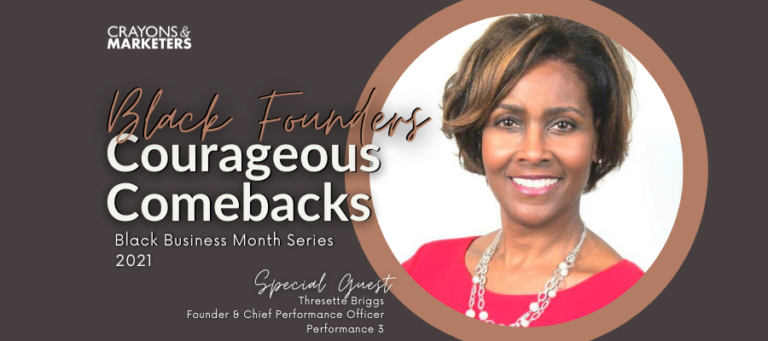Building Brand Visibility With Social Media Advertising

For many companies and nonprofits, 2020 was a challenging year. Revenue was down, and tension was up. But as we entered the fourth quarter, it became abundantly clear that a rebound was on the horizon. Brands needed to be ready for it. Savvy organizations set in motion plans to improve their visibility to attract new or re-engage audiences.
Building visibility is an intentional action to strategically place your brand in front of your audience. Not only does doing so build awareness, but it also drives action. One of the most common ways to improve your brand’s visibility is through paid advertising, specifically social media advertising.
Benefits of Social Media Advertising
Consumers in the U.S. spend over two hours a day on social media. Those numbers rose during the height of the pandemic. While consumers are looking to get out more as local economies re-open, those newly adopted behaviors are likely to stick and stay. More screen time equals greater opportunities for brands to be seen.
The challenge with social media is the lack of reach for organic content. Social media algorithms are coded to only reach about 5% of audiences organically. Incorporating paid campaigns can supplement your digital marketing strategy to ensure maximum reach. Doing so raises awareness among your current audience while reaching new people as well. The new followers you pick up from paid campaigns can build more organic reach in the future.
Localized Marketing
One of the selling points of any paid advertising campaign is the ability to target. An organic post is limited to current followers and whoever else you can pick up by way of a hashtag or share. Paid advertising, on the other hand, enables both broad and localized reach. Targeting by location, for example, allows you to create messaging around things unique to a given area. This makes the ad more appealing to audiences served.
Incorporating cultural context important to the local community into social campaigns fosters connection with the brand. It also garners positive sentiment and the chance at greater visibility.
Refine even broader audiences at the campaign level, allowing for different creatives and messaging for respective target audiences.
Defining Goals
Before starting a social media advertising campaign, organizations should consider a few things. First, refer to your business plan. What goals does your organization want to accomplish over a period of time? In this case, it’s visibility, and social media is an affordable option for doing that. By defining your “why” and how it ties back to a business outcome, you can justify the spend required to achieve that goal.
Secondly, probe further. Why would people want to engage with your content on social media? Visibility isn’t just about spotlighting your products or services or even your mission. You also want to highlight how those things are impacting your stakeholders. Amplifying compelling stories through social media advertising enables you to reach new audiences with content they are likely to share. When they do, that’s greater visibility for your brand.
Platforms to Use
Facebook is the obvious first choice for small business or nonprofit marketers when looking to test the advertising waters. It is the largest social media platform and has users who regularly divulge information about their “digital self.” This transparency helps with audience targeting. Instagram, a Facebook property, is a close second for brands with visually appealing products or services. Use Facebook and Instagram in tandem.
Marketers looking to reach a professional audience should turn to LinkedIn but be prepared to spend more. Twitter has the benefit of a real-time news feed, which draws thought leaders and experts. Since it’s conversation-driven, advertising on Twitter is especially relevant for those wanting to flaunt their expertise. Or for brands looking to get discovered and be talked about – but in a good way.
Whichever platform you choose, they all have some form of an ads manager. It’s important to familiarize yourself with the ad manager tool for the platform you’re on to understand how to optimize your time there. For example, Facebook Business Manager allows you to manage your entire Facebook ecosystem from one location, including ads and pixels. Facebook pixels give you the ability to retarget the people who visit your website and track your campaign. But that’s just one of the many benefits of using Business Manager.
Determining Budget
Determining a budget can be tricky and will vary by platform. Your targeting mix, bidding strategy, and other factors will determine how your money is spent. But only you know how much your organization can afford to allocate to social media advertising. Consider working with your CPA or bookkeeper to develop a budget, including a line item for marketing. Out of that bucket, determine your MAX ad spend. Analyze ROSA (return on ad spend) post-campaign to gauge performance.
Fortunately, social sites also have wonderful tools to help assess how much you need to spend on a platform. Almost any budget can work. But organizations may have to narrow down their target audience or geographical area to maximize a smaller budget. Calibrate your campaigns so they run as efficiently as possible. Pay attention to metrics like cost per click (CPC) to spot inefficiencies.
Final Word on Social Media Advertising
Social media advertising can be a helpful tool for increasing your brand’s visibility. Optimizing campaigns is essential to seeing results, and that’s not always easy, especially for complex campaigns. During campaign setup, social sites make recommendations that aren’t always in your best interest. Working with a professional ensures your social campaigns suit your needs and meet objectives. After all, you’re looking for the most bang for your buck and the most visibility in news feeds. The secret is in the setup.




